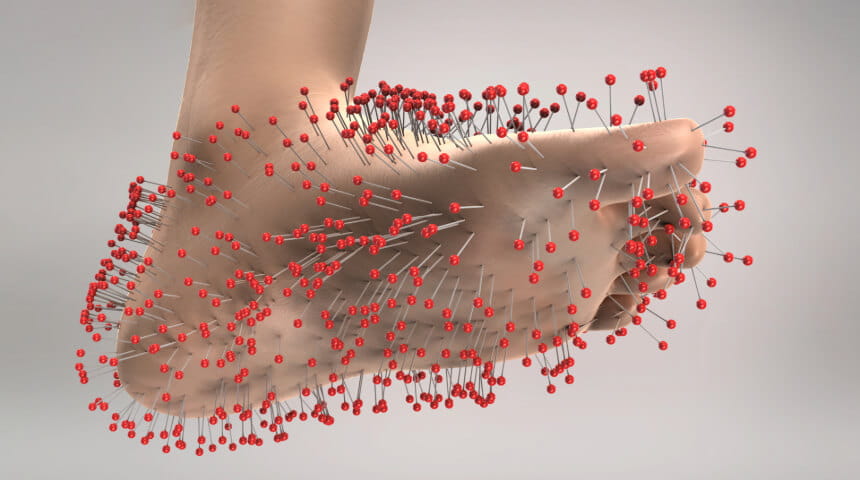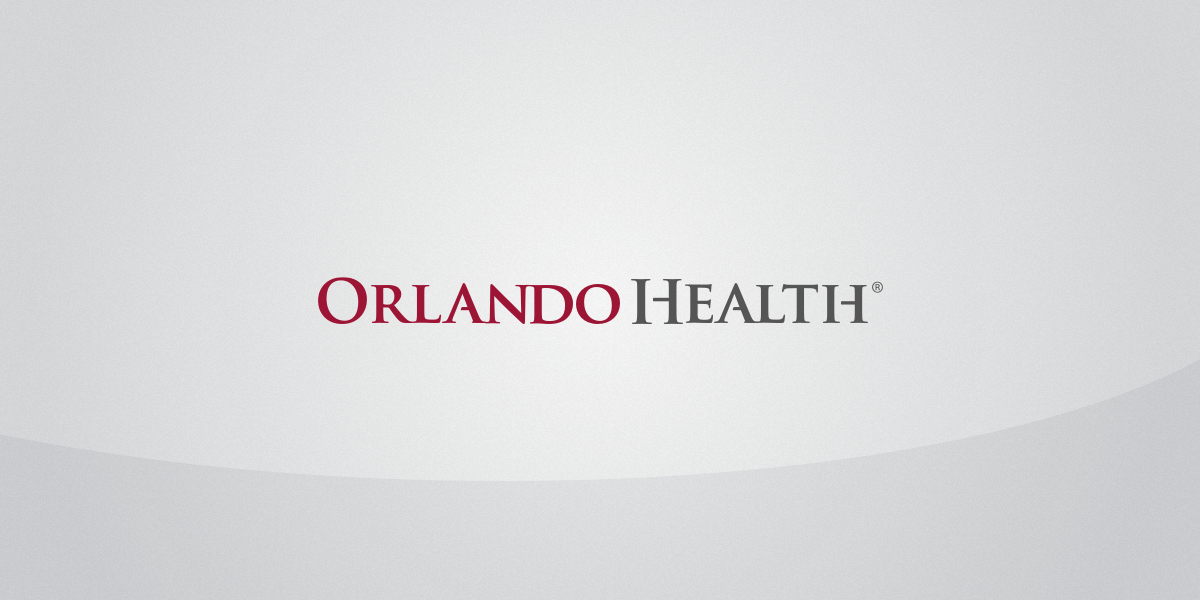When you have a headache, it can be hard to pinpoint the cause. Is it a sinus headache? Is it a migraine? While it may not matter to you in the aching, painful moment, understanding the difference between the two can help you to manage your pain more effectively.
Although sinus headaches and migraines share symptoms and other characteristics, the two headaches have distinct diagnoses. About 90 percent of self-diagnosed sinus headaches are actually migraines, according to the American Migraine Foundation.
Signs and Symptoms of Sinus Headaches
Caused by a viral or bacterial sinus infection, sinus headaches (rhinosinusitis) are relatively rare. Their symptoms include:
● Stuffy nose
● Thick, discolored nasal mucus
● Facial pain or pressure
● Weakened sense of smell
● Facial swelling or puffiness
● Fever
When trying to determine if what you’re experiencing is a sinus headache, ask yourself if you’re feeling congested, and whether it hurts when you press down on your cheeks or forehead (where the sinuses are located). If the answer to these questions is no, it’s probably a migraine or a tension headache.
How Migraines Are Different
Migraines are much more common than sinus headaches, affecting about 15 percent of adults in America. The reason migraines are often mistaken for sinus headaches is that both can cause facial pain and a runny nose. The difference? With migraines, nasal discharge is thin and clear instead of thick and discolored.
Aside from different kinds of nasal discharge, a big difference between migraines and sinus headaches is that a migraine pain can happen in many areas. While sinus headaches are primarily felt in the face, migraines can cause pain around the temples, high in the forehead or in the back of your head. They often occur on only one side of the head, while sinus headaches are usually felt on both sides of the face.
Another distinguishing characteristic of migraines is that they frequently cause a throbbing or pulsing pain, as opposed to the pressure of sinus headaches.
Treating Sinus Headaches and Migraines
Despite their similarities, sinus headaches and migraines may be treated differently. For sinus headaches, treating the underlying sinus infection can usually resolve the headache. Taking over the counter (OTC) headache medications can also help with the pain and inflammation of sinus headaches.
Because migraines are more complex, they may not respond to conventional OTC pain relievers. While some prescription migraine medications are designed to provide relief once a migraine has started, others prevent them by addressing the underlying physiology
When To See a Doctor
With sinus headaches, if the area is extremely tender, you have a fever and/or you’re experiencing symptoms of an upper respiratory infection, you should talk to your healthcare provider.
If you are a migraine sufferer and have four or more headaches a month that you have a hard time controlling with OTC pain relievers, you may want to consider seeing a headache specialist who can help you manage your condition.
Choose to Stay in Touch
Sign up to receive the latest health news and trends, wellness & prevention tips, and much more from Orlando Health.
Sign Up





